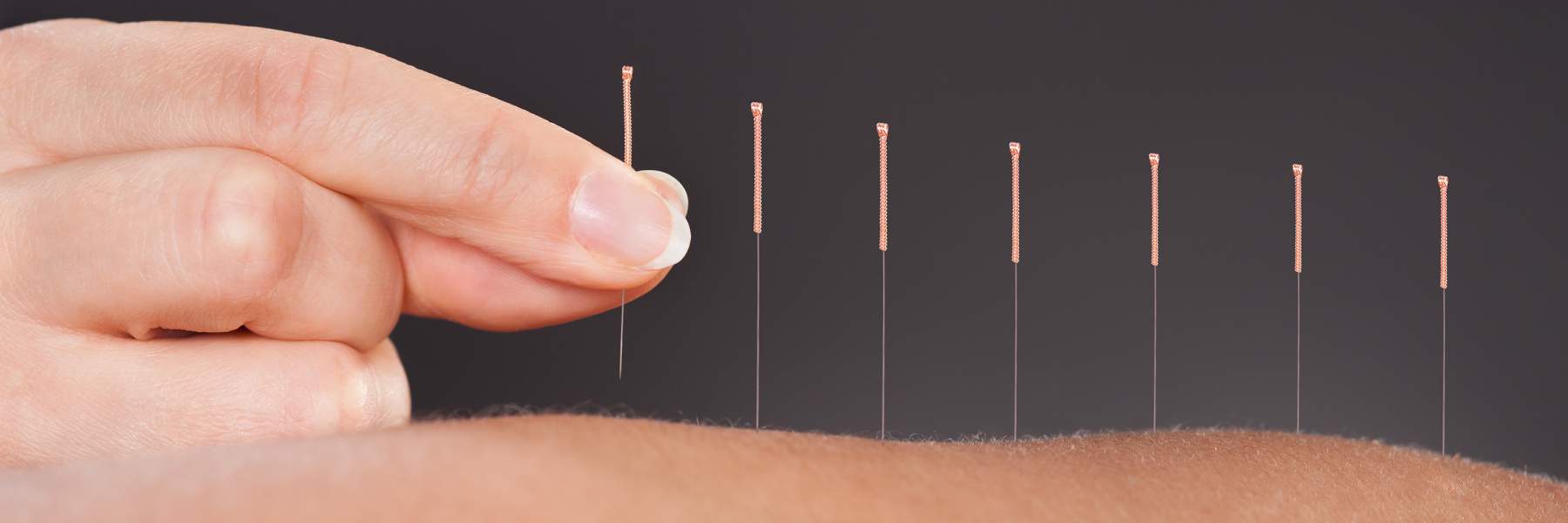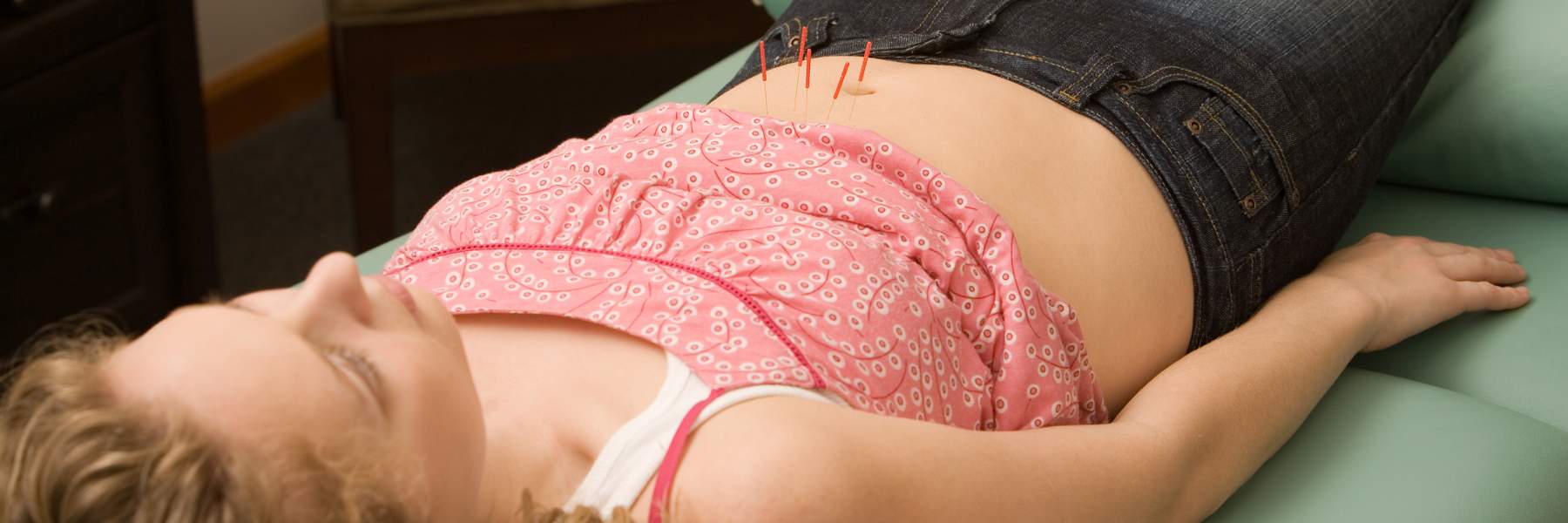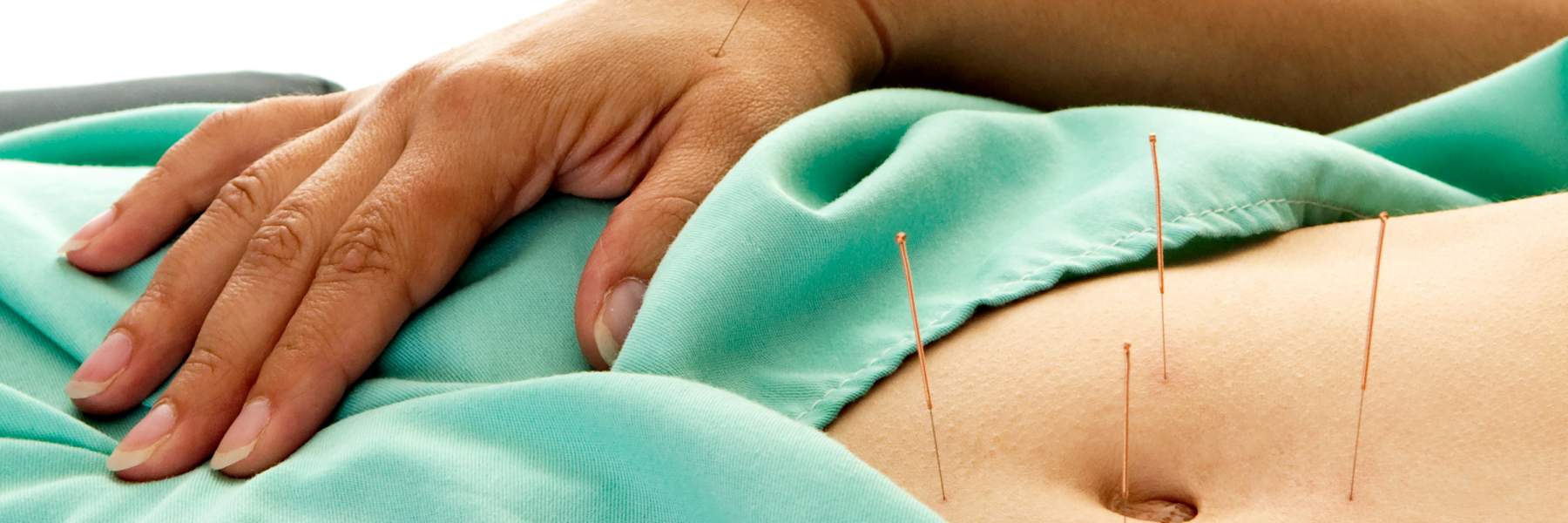Acupuncture is a complementary therapy that involves inserting thin needles in targeted areas of the body. It is one component of Traditional Chinese Medicine (TCM) and can help manage pain symptoms.
Acupuncture is a popular form of complementary medicine in Australia. Acupuncture involves inserting very thin, solid needles into certain points of the body to achieve a specific effect. Acupuncture itself is the technique of inserting the needles: how big the needles are, where to put them, for how long and many other factors depending on the type of acupuncture.
The most common types of acupuncture are based on traditional Chinese medicine (TCM), Japanese-style, and biomedical acupuncture. Some research suggests that both TCM and Japanese-style acupuncture can have beneficial effects on pain severity in those with endometriosis.

Step 1: Find a practitioner
Acupuncture isn’t something you can normally do on yourself (unless you’re an acupuncturist!) so you’ll need to find a qualified practitioner. The main thing to check is that they are AHPRA registered. If you want to use your private health insurance then your practitioner should also be a member of a professional body. Some organisations in Australia that have acupuncturists as members are AACMA, ATMS and ANTA. However, it’s worth checking with either your health fund or the practitioner to make sure you are covered.
Currently, there is no acupuncture-specific accreditation or post-graduate qualification in Australia for specialising in women’s health or endometriosis. Sometimes asking other people in the endometriosis community for recommendations can help. You can also ask your potential practitioner about their experience treating endometriosis and if they work with gynaecologists or as part of a multi-disciplinary team.
Step 2: Know what will happen in your session
As mentioned above, there are different ‘types’ of acupuncturists in Australia and the type of acupuncture will determine what happens in your session. Let’s assume you see one of the most common types of acupuncturists in Australia, one who practices TCM. A presentation by Brisbane acupuncturist Peter Kington gives an excellent summary of what to expect during the session (as well as more about acupuncture in general).
Watch the presentation by acupuncturist Peter Kington

Your first session will likely include questions about your medical history, especially around your menstrual cycle but also about your sleep, digestion, urination habits, and more. Your practitioner will probably feel your pulse and look at your tongue as well. All of this helps form your diagnosis, which in TCM is usually called a ‘pattern of disharmony' and the acupuncture treatment is designed to correct that disharmony.
Next, you’ll usually lie down somewhere comfortable and your practitioner might put anywhere between 4 and 30 very thin needles into different parts of your body, called acupuncture points, which are chosen based on that pattern of disharmony. Often these needles will feel ‘strange’ – generally a heavy feeling or slightly ache but usually not uncomfortable and definitely not like getting an injection or a blood test. The needles usually stay in place for anywhere from 15-30 minutes. Your practitioner may also use some other TCM therapies like moxibustion (a warming cigar). They might also give you some diet and lifestyle recommendations based on your pattern of disharmony.
Step 3: Set your expectations
How often and how long do I need to go, and will the results last? This is an area of ongoing research. It seems like the frequency of treatment (how often you have treatment) and the total number of treatments are important factors when you use acupuncture to treat menstrual disorders. At the moment, Australian and European research suggests that having TCM acupuncture twice a week for 8 weeks (16 sessions in total) can provide a substantial reduction in pelvic pain. Unfortunately, there are no studies that have done enough follow-up to determine how long this reduction might last.
Previous research, summarised below with Lorne Brown, shows that the reduction in pain in those with primary dysmenorrhea (period pain) is at least six months after the last treatment, but it’s not known if it’s the same for endometriosis. If going twice a week or for 16 treatments isn’t something you can manage, then have a chat with your acupuncturist about finding the right balance for your circumstances.
Watch research summary with Lorne Brown

 Skip to main content
Skip to main content